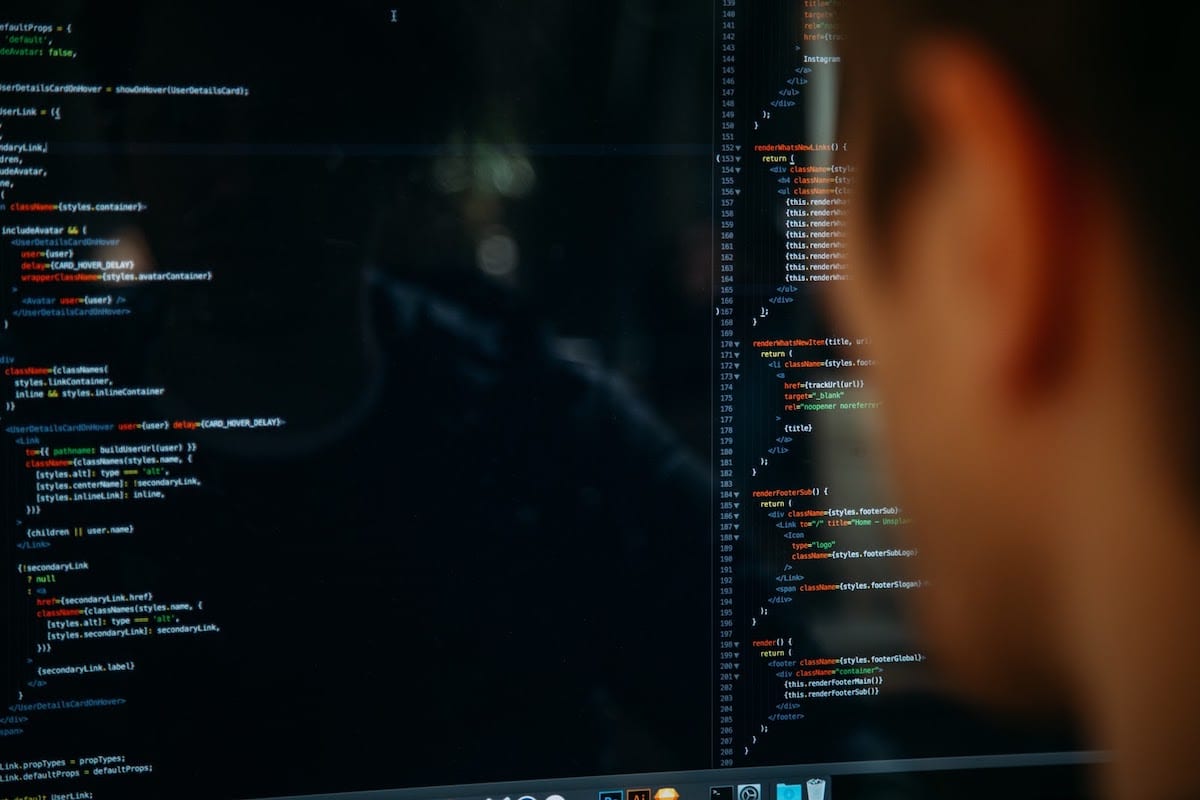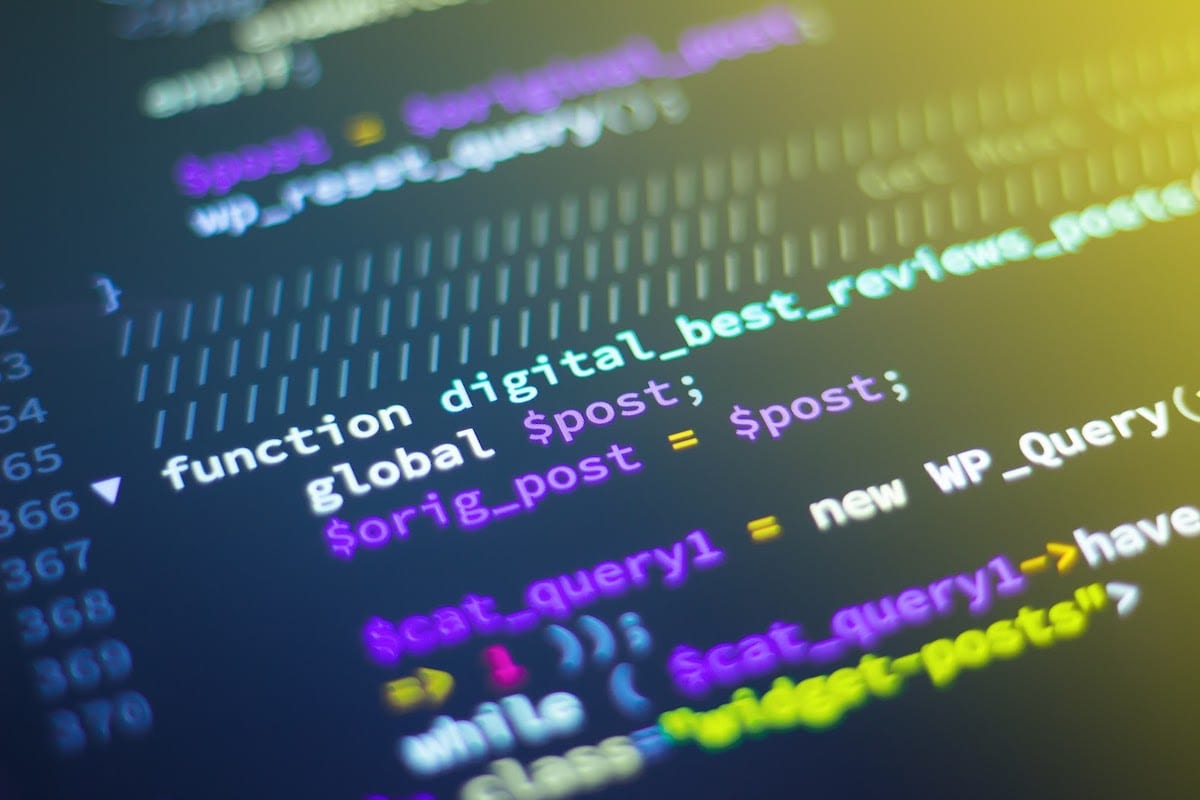How to Learn Data Visualization
Data visualization is a specialized skill requiring you to know how to work with a specific set of tools. If you’re wondering how to learn data visualization, gaining familiarity with visualization software is a good place to start.
The basic visualization software that any Python programmer should be familiar with are:
- Microsoft Excel
- Matplotlib
- Bokeh
- Seaborn
These are powerful, standard issue libraries with which the aspiring data scientist can do rough-and-dirty graphing work or more sophisticated visualizations.
There are more powerful enterprise-grade options, too. It’s not necessary to know all of them, but having serious experience with at least one will help you to stand out in the job market.
Some powerful enterprise-grade visualization software are:
Tools for Data Visualization

What Is Data Visualization?
You can have the best machine learning models in the world, the tightest statistical testing, and the most robust possible conclusions, but it won’t do you much good if you don’t have the ability to communicate your results. There’s just one problem: humans are much worse at reasoning about abstract statistics than we are at reasoning about, say, baked goods. That’s why ‘30 percent’ just doesn’t mean that much to us as a number.
However, if we see that it’s about a third of a pie we immediately understand it. For these reasons you should learn data visualization. This is important not only for showing non-technical folks what you’ve been up to, but also for your own processes.
As a data scientist, one of the first things I do when I have a new problem to solve is start making charts. Good visualizations are therefore key to both the maker and consumer of information.
Learning Data Visualization

There’s no substitute for getting your hands dirty with one of the major visualization libraries. But there’s no reason you can’t do coursework to hurry the process along. Check out the following resources for how to learn data visualization.
The University of Illinois has a data science visualization course as part of their computer science masters program, available through Coursera, an online course provider. It’s made up of 4 modules which can be completed in less than 20 hours, if you work hard.
The data visualization courses from LinkedIn Learning contains a lot of great information for beginners. What I like is that there’s a definite focus on the story being told by your data. People sometimes forget that there’s a key insight implied by a chart.
During and after consulting the above, make sure you find projects you’d like to work on. Projects aren’t just a great way to learn, they’re good for your portfolio as well.
If you don’t have job-specific charting work to focus on, then by all means grab a basic dataset to get familiar with best practices. For example, Sklearn has eight built in datasets that are popular for beginner machine learning projects. They’ll work just as well for beginner visualization projects.
With these pointers, you can become a master visualizer, expertly communicating data-driven insights to your dazzled customers!
About us: Career Karma is a platform designed to help job seekers find, research, and connect with job training programs to advance their careers. Learn about the CK publication.



